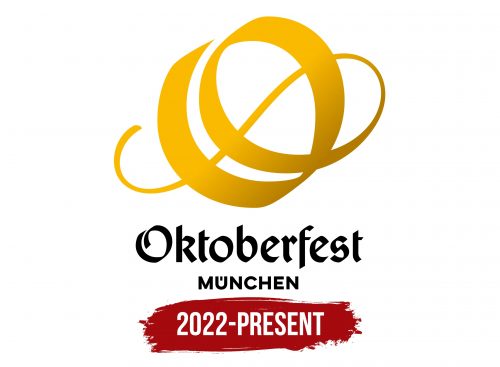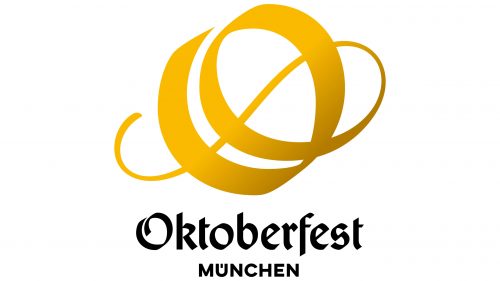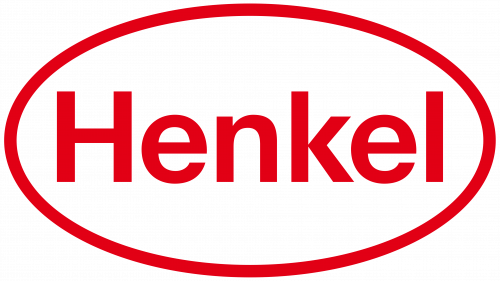The Oktoberfest logo conveys the atmosphere of autumn magic and bright, rich colors. The golden hues are associated with beer being poured into glasses, friendly conversations, and warm company, creating a unique sense of celebration. The emblem symbolizes the joy of connection, unity, and the fun this famous festival brings. It reflects the spirit of tradition and the unique atmosphere, filling every festival corner with vivid impressions and unforgettable emotions.
Oktoberfest: Brand overview
The origins of Oktoberfest date back to October 12, 1810, when Princess Therese of Saxony-Hildburghausen married Crown Prince Ludwig, later King Ludwig I of Bavaria. The celebration occurred in a large field outside Munich’s city gates, later named Theresienwiese in honor of the bride. The festival, which included horse races, was open to all Munich residents and was so popular that it was held again the following year, starting the annual tradition.
The event included an agricultural show to promote Bavarian farming alongside beer tents in its early years. In 1818, amusement rides like carousels and swings debuted, marking the start of its entertainment offerings. That same year, the city of Munich officially took over organizing the event, helping it grow in both size and organization.
The 1850s marked a key era for the festival. In 1850, the iconic Bavaria statue was completed, symbolizing the celebration. Another major tradition began in 1854 when the mayor of Munich tapped the first keg of beer, a practice that continues today.
In 1880, electric lighting was introduced, extending the hours for beer tents and rides, further boosting the festival’s popularity. The festival grew at the turn of the 20th century, with larger beer tents and more attendees. Traditions like the brewers’ parade were also established during this period.
The event was canceled during World War I from 1914 to 1918 and again in 1923 and 1924 due to the economic collapse caused by Germany’s post-war hyperinflation.
When the Nazis came to power in 1933, they politicized the festival, incorporating Nazi symbols and banning Jewish participation. The event was not held from 1939 to 1945 during World War II.
The celebration resurged in 1949, symbolizing Munich’s recovery after the war. Over the following decades, it gradually returned to its former size and popularity.
The 1960s and 1970s brought modernization. Infrastructure improvements were made, and new safety rules were introduced, including a 1970 ban on serving beer in glass mugs to reduce injury risks.
A tragic event occurred in 1980 when a terrorist attack on September 26 killed 13 people and injured over 200. This led to increased security measures at the festival.
Throughout the 1990s and 2000s, the event gained even more international attention, becoming one of the world’s largest and most famous festivals, attracting millions of visitors each year.
2010, the celebration marked its 200th anniversary with special events and historical reenactments that honored its rich history.
In recent years, efforts have been made to preserve its authenticity. Modern music has been limited in beer tents, and workers are required to wear traditional Bavarian attire. Just six traditional Bavarian breweries—Augustiner, Hacker-Pschorr, Hofbräu, Löwenbräu, Paulaner, and Spaten-Franziskaner-Bräu—have the exclusive right to participate in Oktoberfest. By 2023, the festival had grown into the largest folk celebration in the world, attracting more than 6 million visitors annually.
Meaning and History
What is Oktoberfest?
This world-renowned folk beer festival in Munich celebrates Bavarian culture and brewing traditions. Millions of people from around the globe come to experience the special atmosphere of festivity and camaraderie. The event occurs at Theresienwiese, where massive beer tents sponsored by Munich’s oldest breweries host thousands of guests. Visitors wear traditional outfits—lederhosen for men and dirndls for women—and enjoy liters of specially brewed beer, hearty German dishes, live music, and carnival rides. It is not just a beer festival but a rich blend of Bavarian customs, including parades with beer wagons and brass band performances, making it a unique cultural event.
2022 – today
The Oktoberfest logo symbolizes the world-renowned beer festival, representing a rich history and cultural heritage embedded in a simple yet profound design. Its elements may seem uncomplicated, but they carry deep symbolism and long-standing traditions inherently linked to this celebration.
The most prominent element is the golden spiral, which resembles the letter “O” in shape. This feature visually distinguishes the logo and symbolizes the dynamic nature of the festival. The smooth lines and curves are associated with the abundant beer mugs at the event. The golden color represents autumn, the festival’s season, and beer is the main beverage at this gathering. Gold embodies the wealth of tradition and the generosity of the festival, where everyone can enjoy drinks, snacks, and entertainment.
The spiral shape of the letter “O” creates the illusion of a treble clef, symbolizing the festival’s musical accompaniment. Music is integral to the celebration, from the orchestras playing in the tents to the street festivities. This element serves as a reminder that beer and music are key aspects of the festival’s atmosphere, setting the mood for the millions of guests who gather at this event every year.
The second significant element is the text block with “Oktoberfest.” The black letters are crafted in an old German style, with elements reminiscent of the traditional Fraktur font associated with German culture and history. This font choice emphasizes the festival’s long-standing tradition, first organized in 1810. Each letter appears to be woven from ribbons, adding sophistication and demonstrating the festivity of the occasion.
The lower part of the visual mark contains the inscription “München,” highlighting that Munich is the capital of this celebration. The city authorities organize the festival annually on a grand scale, attracting tourists and upholding cultural traditions. The city’s name is rendered less prominently than the main text, but it adds a sense of connection to the place and underscores the importance of this city in the festival’s history.
What makes this visual symbol truly successful is its versatility. It appears both modern and historically significant. It combines elements of luxury, tradition, and fun. Despite its simplicity, the emblem retains depth: the golden spiral hints at the rotation of large beer mugs and the joy and festive mood that permeates the entire atmosphere of the festival.
The emblem reminds guests and tourists that “Oktoberfest” is a festival. This event unites people from all corners of the world, offering warmth, friendliness, and the chance to be part of an ancient tradition deeply rooted in centuries-old German culture.
The Oktoberfest München logo is both aesthetically pleasing and full of meaning. It alludes to rich traditions, highlights cultural heritage, and reflects a modern spirit.





